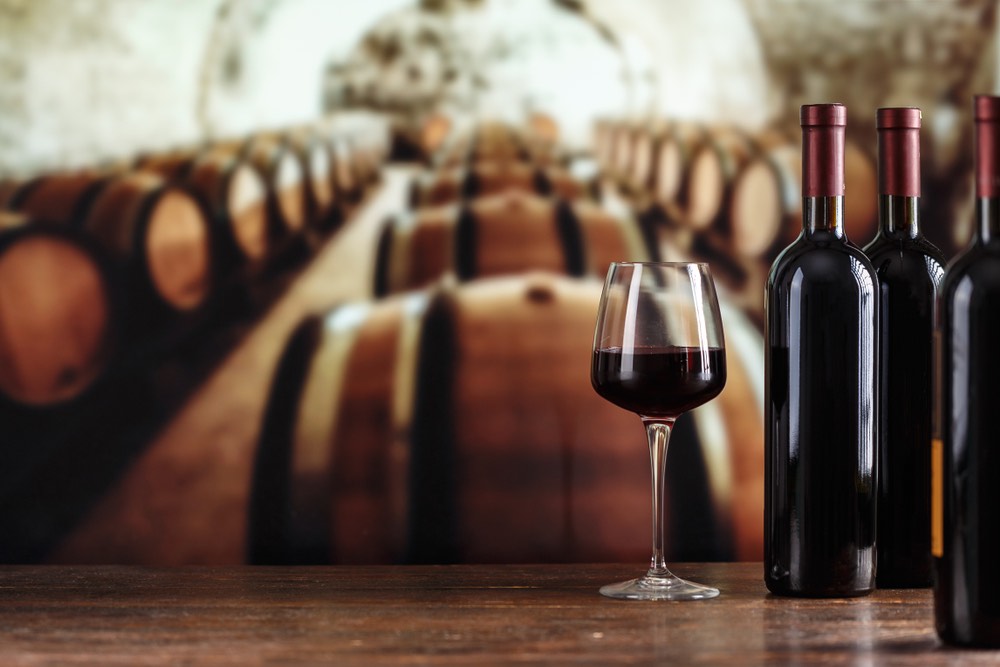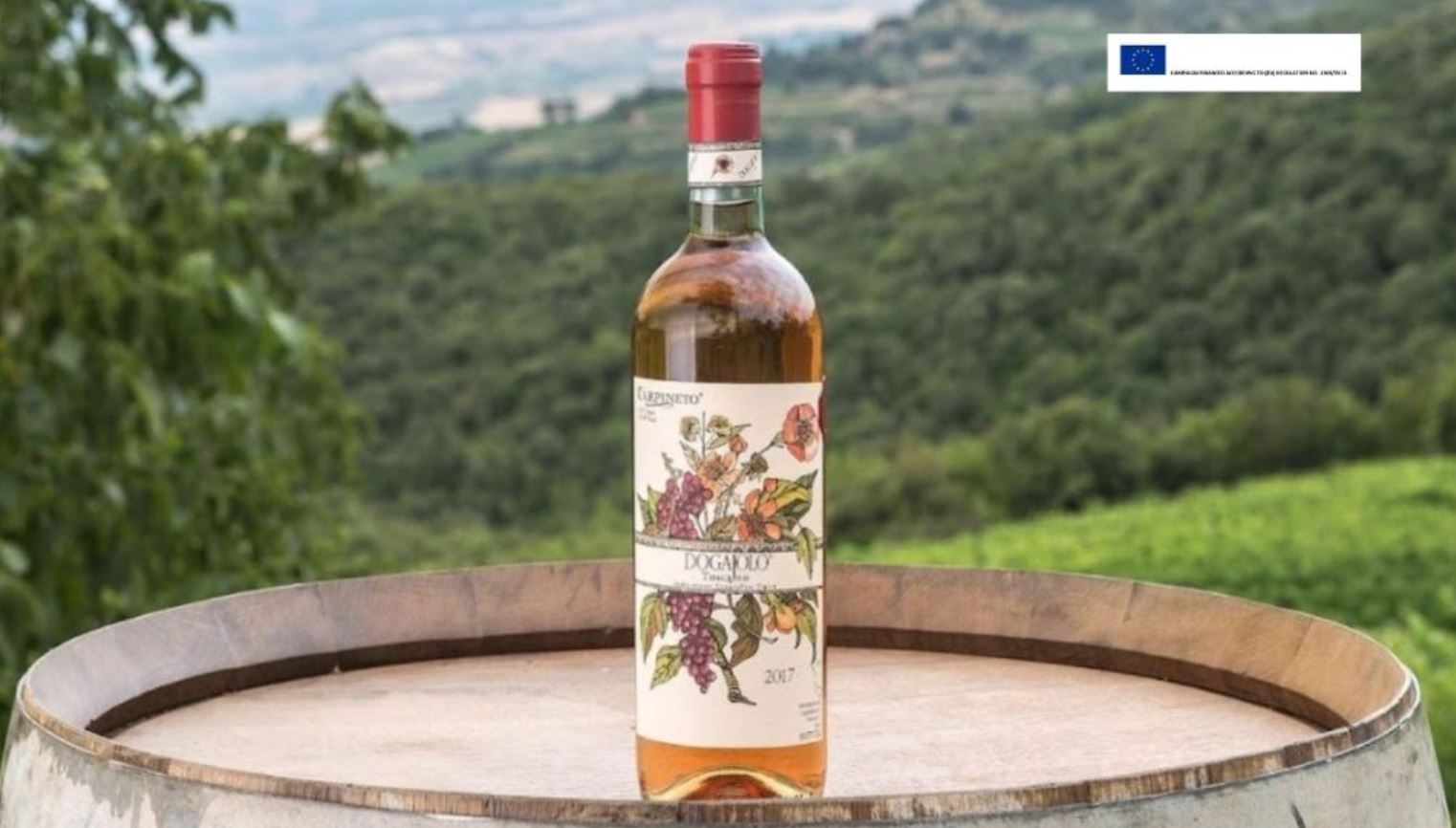The majority of American wine lovers prefer cabernet sauvignon to any other varietal. Its velvety texture and aromatic flavor profile are commonly listed as major reasons why many reach for a bottle of this wine over other options.
Where It's From
The cabernet sauvignon grape began life as an accident in a vineyard in France's Bordeaux region when a sauvignon blanc plant pollinated a cabernet franc plant. French vintners so loved the resulting grape that it was produced in abundance throughout the country, and some of them took it with them when they left to start a new life in America. Cabernets and vintners both found a natural home in Napa Valley, and together, they made history in the 1976 Judgement of Paris. Nine of France's best master sommeliers assembled for a blind tasting competition between France and California wines, and those in the wine world considered the outcome a forgone conclusion and that France would take the prize. The competition was deemed such a non-event that only one journalist attended — and ended up walking away with the story of his life.
Napa Valley was elevated to prominence on the world wine stage when its wines were selected by the sommeliers as being superior to those bottled in France. This wine was among the winners, and the Napa Valley wine scene turned upside down and has occupied a place at the top ever since. This versatile wine often encompasses all seasons in its flavor and bouquet. You'll sometimes find accents of spring violets blooming in deep woods, notes of dark summer cherries, hints of ripe autumn apples, and traces of hot cocoa before a blazing winter fire. You might also taste whispers of maple syrup, sun-ripened blackberries, and vanilla from the oaken casks where the wine is aged before bottling.
Wine enthusiasts understand that every bottle contains a happy surprise, and they relish the sensory exploration. Factors such as seasonal weather conditions and soil nutrients affect the overall taste of the wine, and experts are predicting that the 2018 vintage may contain nuances of smoke due to the substantial wildfire activity the area has experienced so far this year. Today's cabernets are often enjoyed immediately after purchase, while some prefer it aged. Most wines have a shelf life of five or six years, and modern winemaking techniques have resulted in wines that are ready to uncork as soon as they hit the market. Aging wine successfully requires a consistent temperature of 55 degrees Fahrenheit as well as protection from the sun's UV rays and atmospheric humidity.
Cabernets complement steak, roasts, lamb chops, and other sumptuous red meats, any dish made with lots of mushrooms, and desserts constructed with dark fruits. It isn't usually served with anything chocolate or with seafood, pork, or poultry. Because cabernets have a higher alcohol content than most other wines, they really should be enjoyed with food, but they're also a fabulous choice for sipping in front of the fire as the evening draws to a close. Cabernets are complex wines that deserve thorough exploration, so if you haven't yet started your journey with America's favorite wine, you've got some catching up to do.
The approaching holiday season should provide you with plenty of opportunities to begin your adventure with what's commonly referred to as the Cadillac of red wine.
Where It's From
The cabernet sauvignon grape began life as an accident in a vineyard in France's Bordeaux region when a sauvignon blanc plant pollinated a cabernet franc plant. French vintners so loved the resulting grape that it was produced in abundance throughout the country, and some of them took it with them when they left to start a new life in America. Cabernets and vintners both found a natural home in Napa Valley, and together, they made history in the 1976 Judgement of Paris. Nine of France's best master sommeliers assembled for a blind tasting competition between France and California wines, and those in the wine world considered the outcome a forgone conclusion and that France would take the prize. The competition was deemed such a non-event that only one journalist attended — and ended up walking away with the story of his life.
Napa Valley was elevated to prominence on the world wine stage when its wines were selected by the sommeliers as being superior to those bottled in France. This wine was among the winners, and the Napa Valley wine scene turned upside down and has occupied a place at the top ever since. This versatile wine often encompasses all seasons in its flavor and bouquet. You'll sometimes find accents of spring violets blooming in deep woods, notes of dark summer cherries, hints of ripe autumn apples, and traces of hot cocoa before a blazing winter fire. You might also taste whispers of maple syrup, sun-ripened blackberries, and vanilla from the oaken casks where the wine is aged before bottling.
Wine enthusiasts understand that every bottle contains a happy surprise, and they relish the sensory exploration. Factors such as seasonal weather conditions and soil nutrients affect the overall taste of the wine, and experts are predicting that the 2018 vintage may contain nuances of smoke due to the substantial wildfire activity the area has experienced so far this year. Today's cabernets are often enjoyed immediately after purchase, while some prefer it aged. Most wines have a shelf life of five or six years, and modern winemaking techniques have resulted in wines that are ready to uncork as soon as they hit the market. Aging wine successfully requires a consistent temperature of 55 degrees Fahrenheit as well as protection from the sun's UV rays and atmospheric humidity.
Cabernets complement steak, roasts, lamb chops, and other sumptuous red meats, any dish made with lots of mushrooms, and desserts constructed with dark fruits. It isn't usually served with anything chocolate or with seafood, pork, or poultry. Because cabernets have a higher alcohol content than most other wines, they really should be enjoyed with food, but they're also a fabulous choice for sipping in front of the fire as the evening draws to a close. Cabernets are complex wines that deserve thorough exploration, so if you haven't yet started your journey with America's favorite wine, you've got some catching up to do.
The approaching holiday season should provide you with plenty of opportunities to begin your adventure with what's commonly referred to as the Cadillac of red wine.





